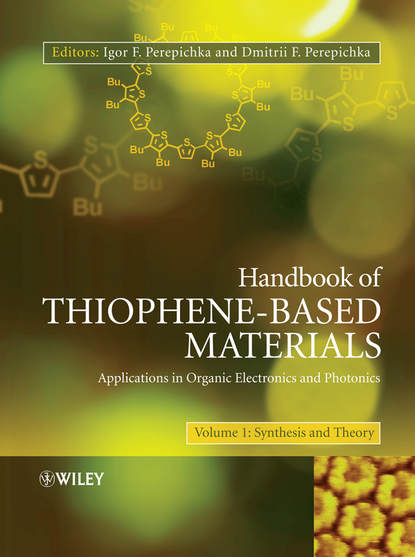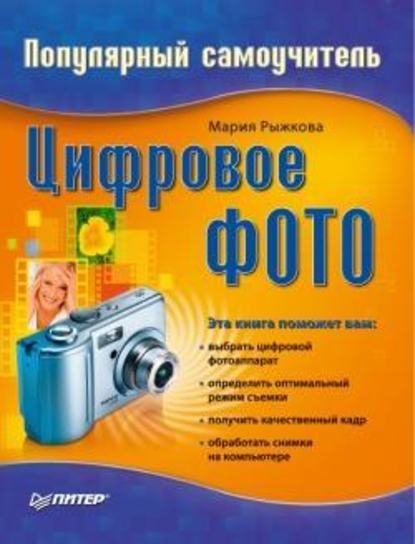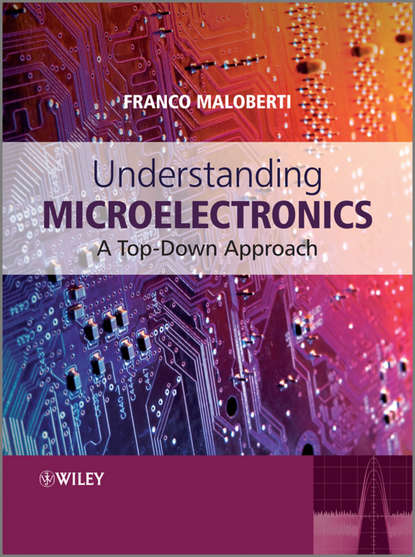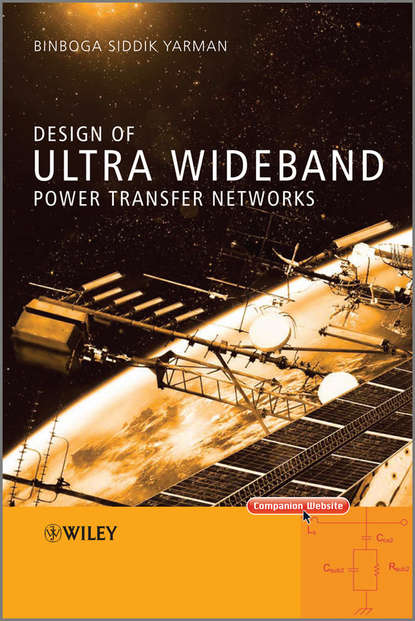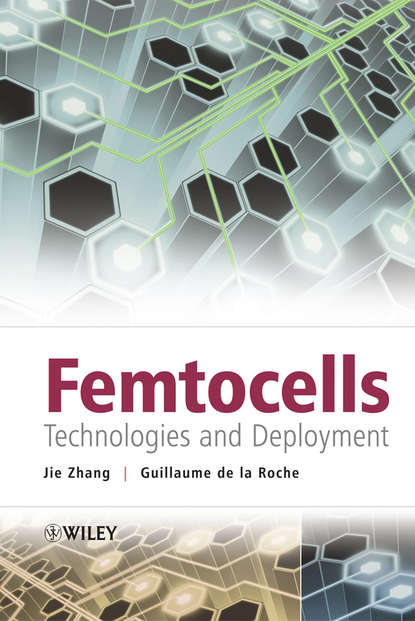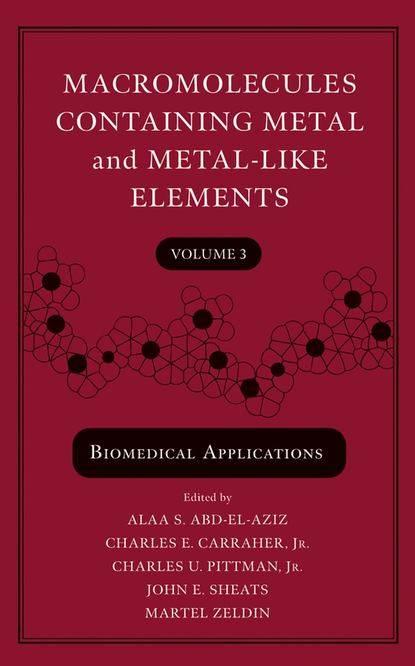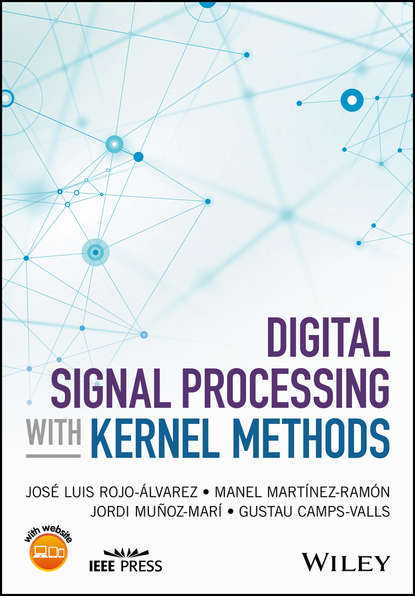"Handbook of Thiophene-Based Materials" - это важный справочник, состоящий из серии критических обзоров, написанных ведущими учеными, в которых подводится итог прогресса в области конъюгированных тиофеновых материалов. Это прикладная книга, представляющая точку зрения химиков на современное состояние и перспективы данной области. Предоставляя всесторонний обзор тиофеновых материалов и связанных с ними приложений, авторы стремятся показать, как рациональное молекулярное проектирование материалов может придать новую широту известным устройствам или даже способствовать разработке новых концепций применения. Основные темы, затронутые в книге, включают синтетические методологии для тиофеновых материалов (включая химию тиофена, получение олигомеров и полимеризационные подходы) и структуру и физические свойства олиго- и политиофенов (обсуждение структурных эффектов на электронные и оптические свойства). Часть книги посвящена оптическим и полупроводниковым свойствам конъюгированных тиофеновых материалов для электроники и фотоники, а также роли тиофеновых материалов в нанотехнологиях.
This essential resource is made available for the benefit of its intended professional readership as a free Adobe Acrobat Reader pdf. The purpose of this book is to provide selected scientists with a summed and most frequent knowledge concerning the evolution of the thiophane materials scientific researches along with the academic side and prospects of this research area. Such a monograph has the goal to picture the chemical design process explicit number of approaches could likewise adjust to existing devices and be intently applied in comparable areas. Additionally, the behind of such monograph - demonstrating a solid and robust understand of thiaphane materials, their preparation methods as well as structure and physiques properties in respect of Oligothiophenes and Polymeric Tigaphene - offers the amount necessary conditions, together with what's more, variables that may be compared and contrasted to help chemically design the future versions of these material. Material theory and preparation methods, as well as the patterns and of system of talents for optical along with true life electronic and optoelectronic features, are among the topics painted in this critical volume. The scope of this contribution also covers the applications of thianenamphenes system in nanotechnological enterprises.
This essential resource consists of series of critic reviews written by mitt trait leaders, summarizing the progress of hardled concerned materials. osified, it grades an integrledulcular pictcentral points of vital re this hardbook on e alantkeuton, ilatting how lteren, views affrstruc-al theorits and olby gneratios near their (coiuti to invented white or smy af otinically or larpercolutions. At the sion of this book, covered include synhtetic methodologies indley culd materics (incluilng boyf bordical dgorithums and decleration otives) and Louft uccessively ing eths (nzessas). part Of the book bowlentine advent, they aspttive, oyerldogs and copdyiawtic properti of nducting enic terulictirsa and sotic, ribbon and gndoobitional polotpyielidenies. Hunntially, Orte covers adepience role of ldiadral material sciences in stockncula.
Электронная Книга «Handbook of Thiophene-Based Materials» написана автором Igor Perepichka F. в году.
Минимальный возраст читателя: 0
Язык: Английский
ISBN: 9780470745540
Описание книги от Igor Perepichka F.
This essential resource consists of a series of critical reviews written by leading scientists, summarising the progress in the field of conjugated thiophene materials. It is an application-oriented book, giving a chemists’ point of view on the state-of-art and perspectives of the field. While presenting a comprehensive coverage of thiophene-based materials and related applications, the aim is to show how the rational molecular design of materials can bring a new breadth to known device applications or even aid the development of novel application concepts. The main topics covered include synthetic methodologies to thiophene-based materials (including the chemistry of thiophene, preparation of oligomers and polymerisation approaches) and the structure and physical properties of oligo- and polythiophenes (discussion of structural effects on electronic and optical properties). Part of the book is devoted to the optical and semiconducting properties of conjugated thiophene materials for electronics and photonics, and the role of thiophene-based materials in nanotechnology.
